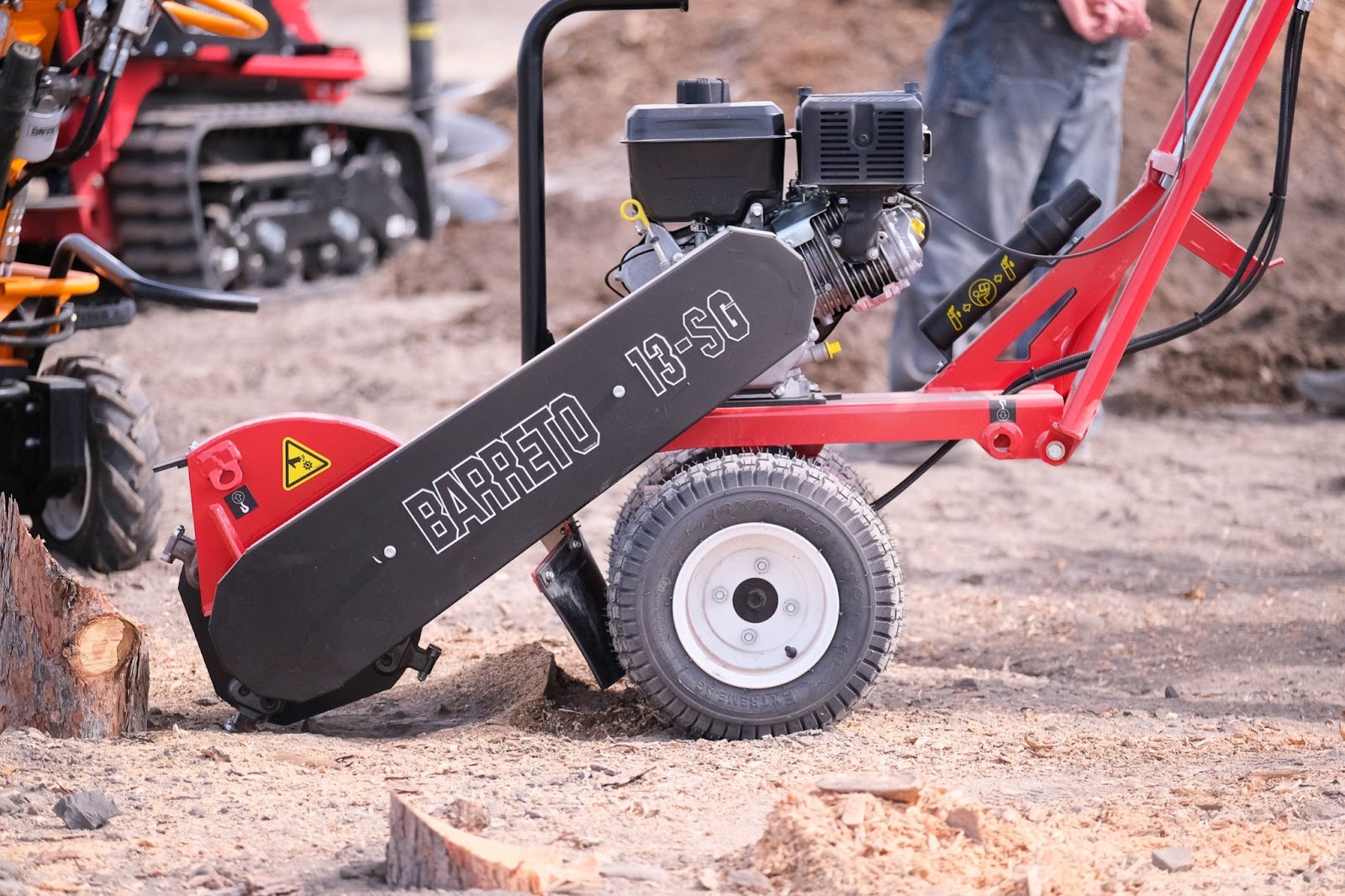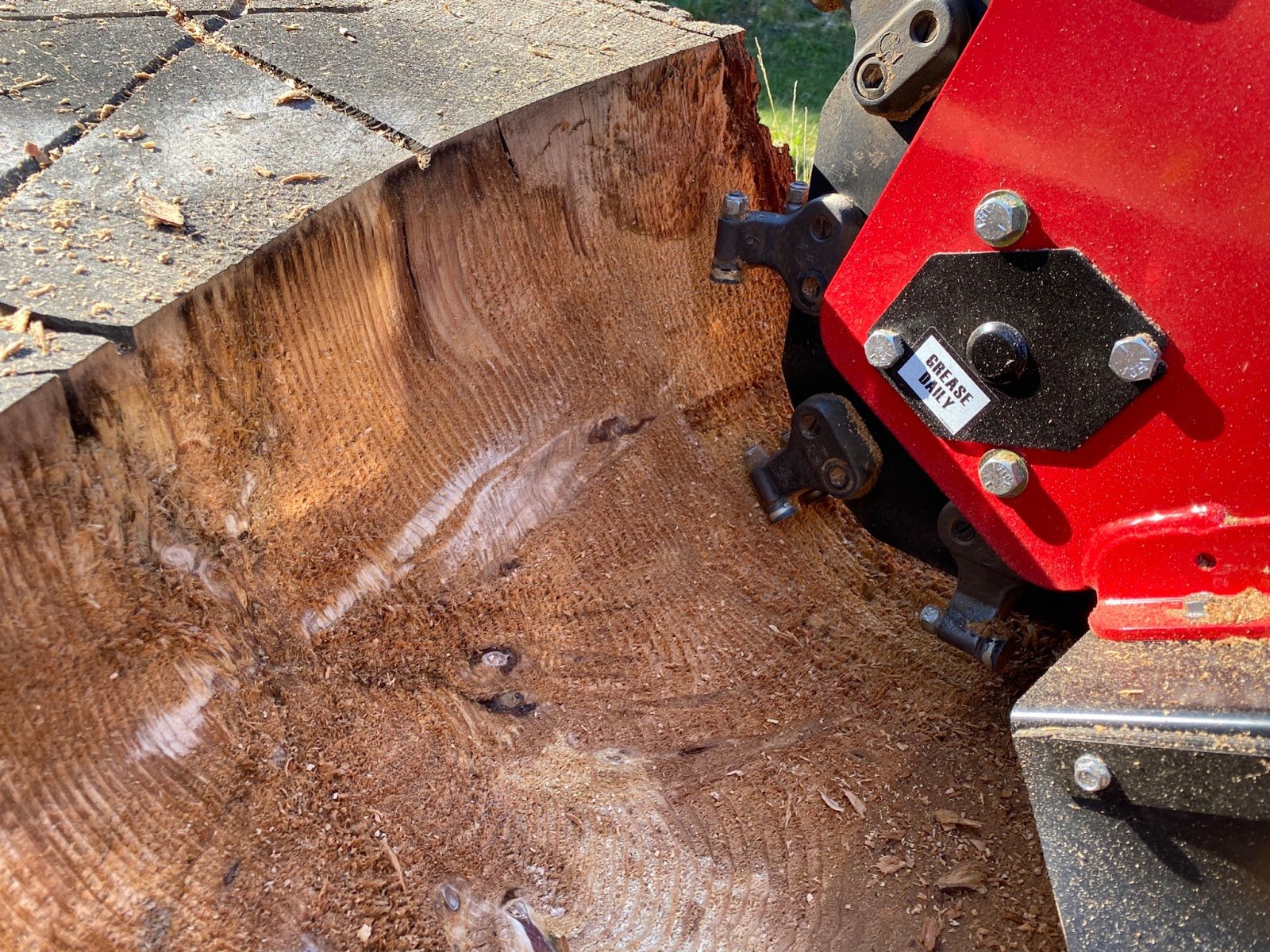Innovative Equipment Engineered to Last
Discover Barreto Manufacturing's 40 years of innovative, durable landscaping equipment, along with expert tips and local highlights for your projects.
Choosing a Stump Grinder: 5 Key Elements to Consider
 For tree care professionals, one essential machine rises to the top of the necessity list: walk-behind stump grinders. Stump grinders come in a variety of sizes, and the walk-behind models make quick work of stump removal projects in backyards or fields.
For tree care professionals, one essential machine rises to the top of the necessity list: walk-behind stump grinders. Stump grinders come in a variety of sizes, and the walk-behind models make quick work of stump removal projects in backyards or fields.
With such a range of rental equipment to choose from, here are four considerations when making your choice:
-
Types of Stump Grinders
-
Stump Condition
-
Cutting Dimensions
-
Area Surrounding the Stump
-
Quantity of Stumps
Types of Stump Grinders
You will find two main categories when looking for stump grinders: wheeled machines and tracked machines. Each option has their advantages.

Wheeled, handlebar-style machines are usually smaller, belt driven stump grinders. The operator manually controls and manually maneuvers the sweep and depth of the cutter head. The compact size and weight make them easy to transport and fit in tight spaces. These grinders are most efficient on smaller, softer stumps, and they are usually the most affordable option.

Tracked machines are larger and often equipped with all-hydraulic controls that operate both the cutter head and drive system. Their size and weight offer stability and traction, while the added horsepower makes them the most popular option for quickly eliminating tough stumps. Hydraulic machines also utilize relief valves, which relieve pressure before damage can be caused to the machine, allowing for minimal repairs. These machines are the straightforward choice for large jobs and daily ease of use in tree care settings. Consider your budget and ensure your ability to transport a larger machine.
Stump Condition
Consider stump conditions when choosing a stump grinder. An older stump that has begun to rot will be softer and easier to grind. While both tracked and wheeled trenchers will make short work of a soft stump, you may have an opportunity to save on overall costs when selecting the right stump grinder size for the job. A fresh and healthy stump will be dense and take more time to grind, requiring a more powerful machine.
 Cutting Dimensions
Cutting Dimensions
The diameter of your stump will likely be the most important factor for choosing your stump grinder size. While a handlebar stump grinder can be used on a wider stump, you will sacrifice operator comfort, excess stump grinder tooth wear, and more time on the job site. Also consider the height of your stump and the depth you wish to go below ground. With a wheeled stump grinder, you are limited to grinding stumps about 14” high and a maximum grinding depth of about 8”. On the other hand, a tracked stump grinder can handle heights of about 32” and grind as much as 12” deep.
Area Surrounding the Stump
You may be faced with difficult terrain when removing a stump. Tracked stump grinders offer greater stability on uneven terrain, decreased turf damage, and are safer when operating on slopes. Wheeled stump grinders are not ideal for operating on slopes but are preferable for tight conditions where they can fit through narrow openings.
Quantity of Stumps
While size of the stump is a key factor, take note of the quantity of stumps. One or two small stumps are easy work for a handlebar machine. Ten or twelve small stumps though, and you may consider a tracked machine. While the handlebar machine is capable of the job, it may not be the clear choice. The larger, more powerful machine will complete the task in much less time, saving wear on the operator and saving time and money overall.
Each job is unique, but consider these key components that will help you make the best choice for your project and your budget.
Remember that tree roots will grow around and through any obstacle in their path - always Call 811 and identify any utilities before you work. Happy Grinding!
This post was originally published in June 2020 and has been refreshed and updated.
Read Next: How to Remove a Stump With a Stump Grinder: 5 Steps to Removing Unsightly Stumps
